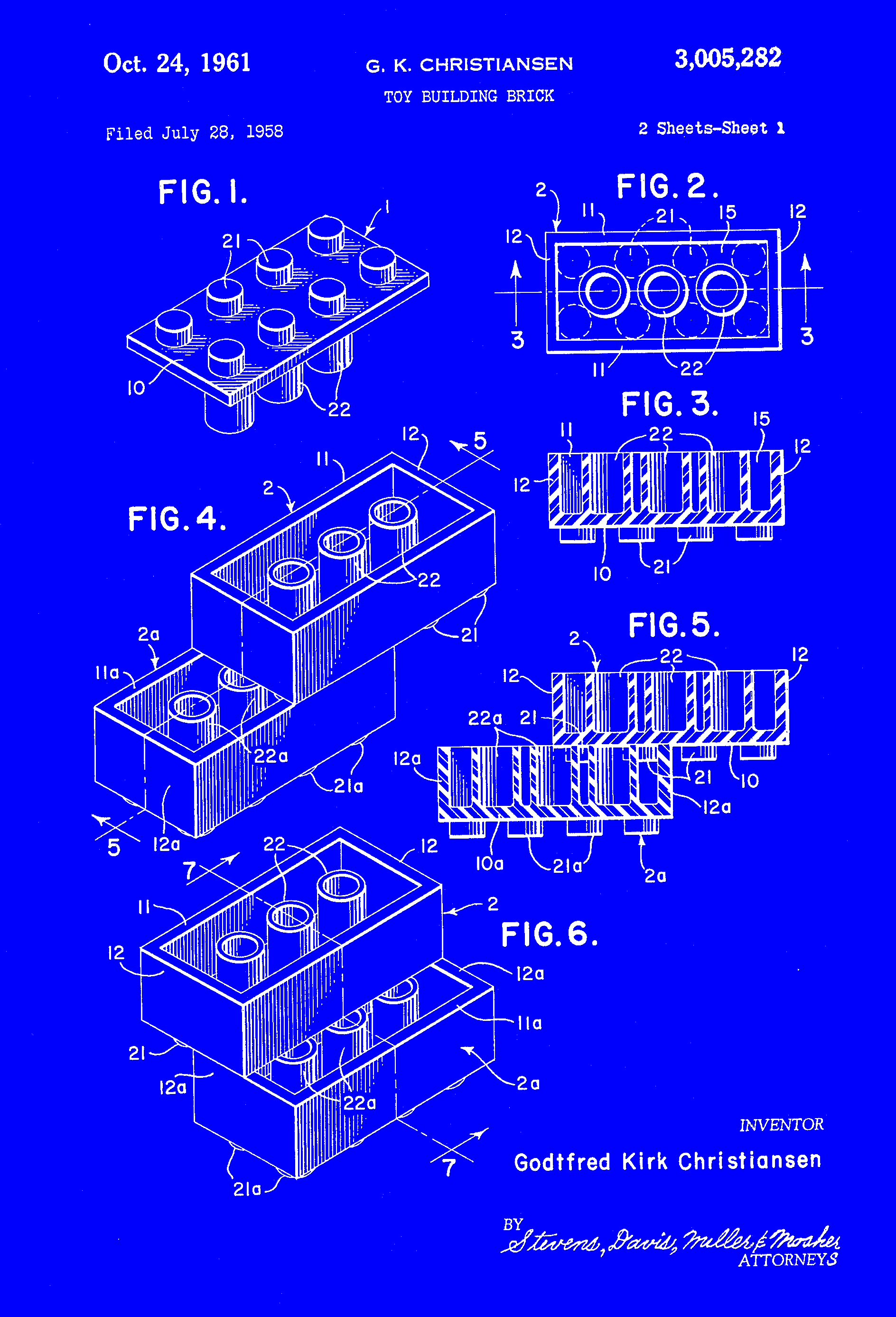What is a blueprint?
A blueprint is a detailed and technical drawing or plan that serves as a guide for the construction or assembly of a structure, object, or system. Blueprints are typically used in various industries, including architecture, engineering, construction, manufacturing, and design. They provide precise information about the dimensions, specifications, materials, and other essential details required to create or replicate a particular object or project.Historically, blueprints were actual copies of drawings or plans created using a specific photographic printing process that resulted in white lines on a blue background. Hence, the term “blueprint” originated from this printing process, although modern blueprints are often produced digitally in various colors.

Key characteristics of a blueprint
Key characteristics of a blueprint include:-
Scale
Blueprints are drawn to a specific scale, allowing individuals to understand the relative sizes and proportions of the components.
-
Dimensions
They provide precise measurements, including length, width, height, angles, and other relevant details.
-
Materials and Specifications
Blueprints specify the materials, construction methods, and technical requirements needed for the project.
-
Symbols and Notations
Symbols and annotations are used to convey additional information about the design, such as labels, notes, and symbols representing specific elements.
-
Sections and Views
Blueprints often include cross-sections, elevations, and various views of the object or structure to provide a comprehensive understanding of how it should be built or assembled.
-
Details
They include intricate details that are crucial for ensuring the accuracy and quality of the final product.
Blueprints are essential tools for architects, engineers, builders, manufacturers, and other professionals to communicate their designs and ideas effectively. They help ensure that projects are executed precisely according to the intended specifications, leading to successful outcomes. In modern times, digital drafting and Computer-Aided Design (CAD) software have largely replaced traditional paper blueprints, making it easier to create, revise, and share detailed plans and drawings.